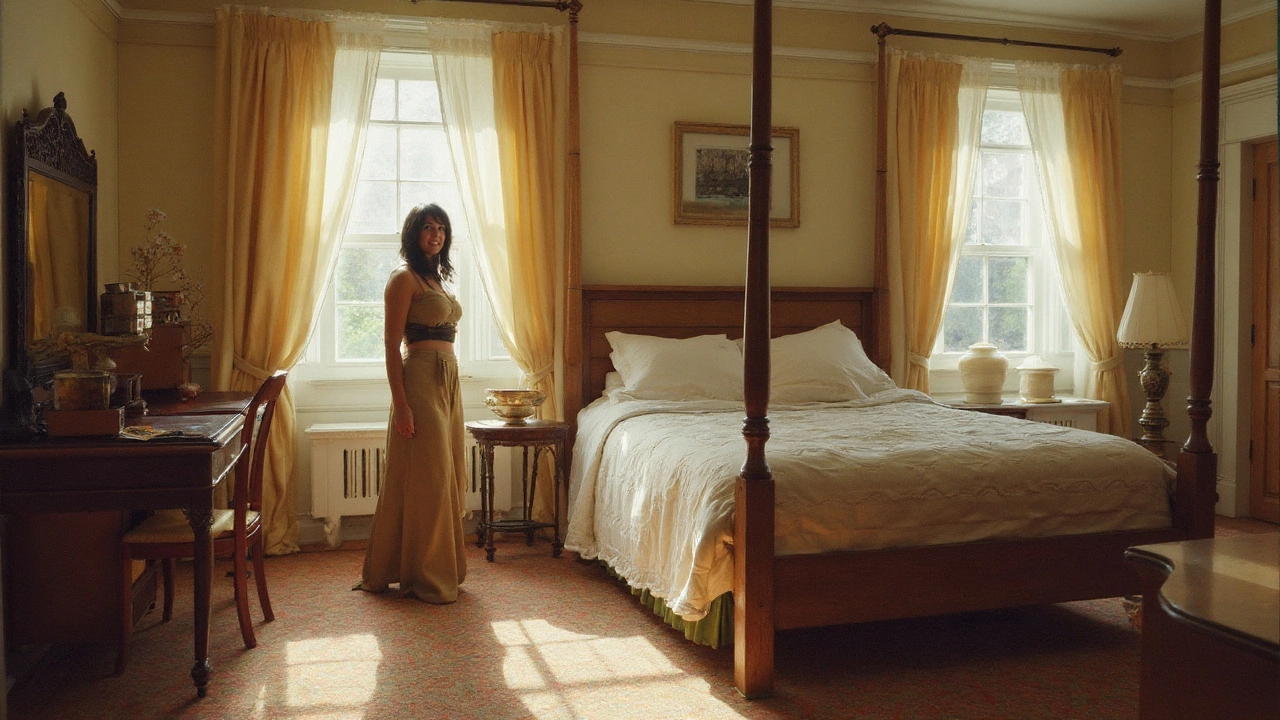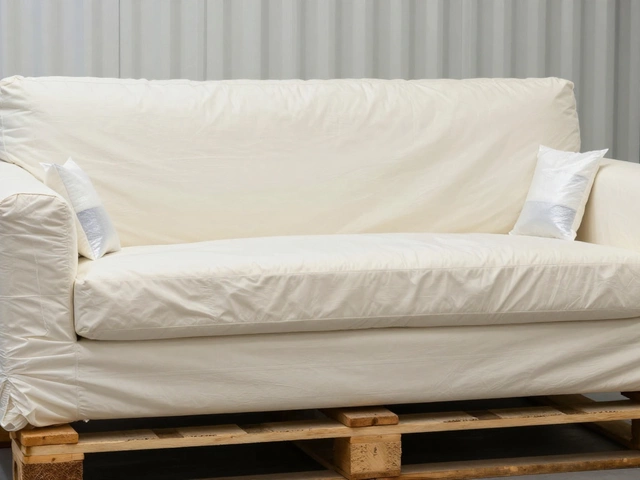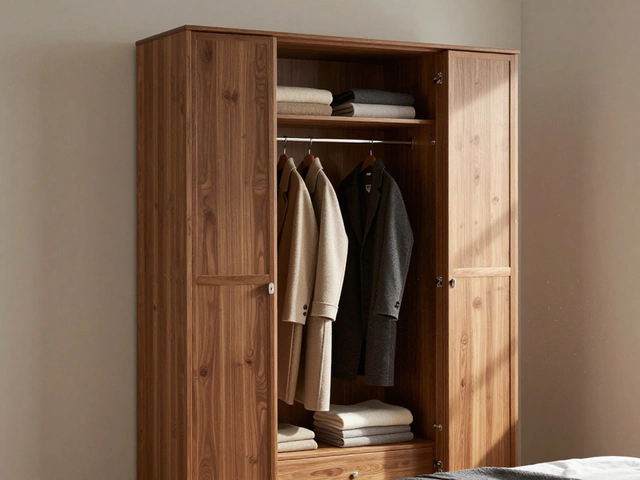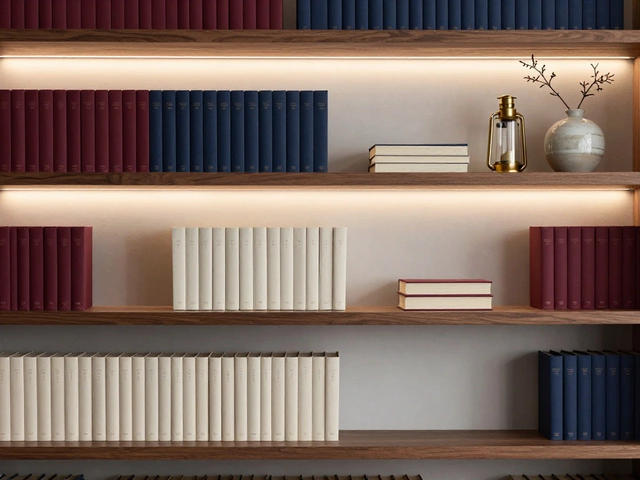British vs American Furniture Terms: What You Need to Know
If you’ve ever bought a couch online and wondered why the UK site calls it a ‘sofa’ while the US listing says ‘couch’, you’re not alone. The same piece of furniture can have two or three different names depending on where you are. Knowing the basics helps you read product specs, talk to designers, and avoid costly misunderstandings.
Common Word Swaps Between the UK and the US
Wardrobe vs. Closet: In Britain, a built‑in storage unit for clothes is a wardrobe. Across the pond it’s a closet, and the word ‘wardrobe’ often refers to a freestanding piece you can move around. If you ask a UK carpenter for a wardrobe, expect a fitted unit that runs floor‑to‑ceiling.
Sofa vs. Couch vs. Settee: ‘Sofa’ works everywhere, but the US loves ‘couch’ for casual seating, while the UK still uses ‘settee’ for a more formal, often upholstered, piece. A settee might have a tighter back and be a statement item, not just a TV‑room seat.
Coffee Table vs. Tea Table: The low table in front of a sofa is a coffee table in America. In the UK, you’ll hear ‘tea table’ more often, especially if it’s a small, round piece meant for snacks and a cuppa.
Chest of Drawers vs. Dresser: Both refer to a tall unit with multiple drawers, but the US market calls it a dresser, while British retailers list it as a chest of drawers.
Stool vs. Footstool vs. Ottoman: A simple backless seat is a stool in both regions. However, a padded, often larger seat meant for extra foot support is called a footstool in the UK and an ottoman in the US.
Tips for Using the Right Terms in Your Projects
First, write down the function of the piece, not the name. If you need a built‑in storage solution for clothes, note “built‑in storage for garments” and then match the local term—wardrobe or closet—when you search for suppliers.
Second, check product specifications. US sites will list dimensions in inches, UK sites in centimeters. A mismatch can mean you order a piece that won’t fit your room.
Third, ask the craftsperson what they call it. A local joiner will use the language they’re comfortable with, and that’s a clue about the style they’ll deliver.
Finally, keep a cheat‑sheet. Write the most common swaps—wardrobe/closet, sofa/couch, coffee table/tea table—and refer to it when you browse online or talk to a designer. It saves time and prevents confusion.
Understanding these naming quirks doesn’t just make you sound smarter; it helps you pick the right furniture, avoid ordering mistakes, and communicate clearly with the people building your bedroom oasis.
What Is the American Equivalent of “Wardrobe”? Closet vs Armoire Explained
Wondering what Americans say instead of “wardrobe”? Here’s the quick answer, with clear rules, examples, and a handy checklist to pick the right word every time.







